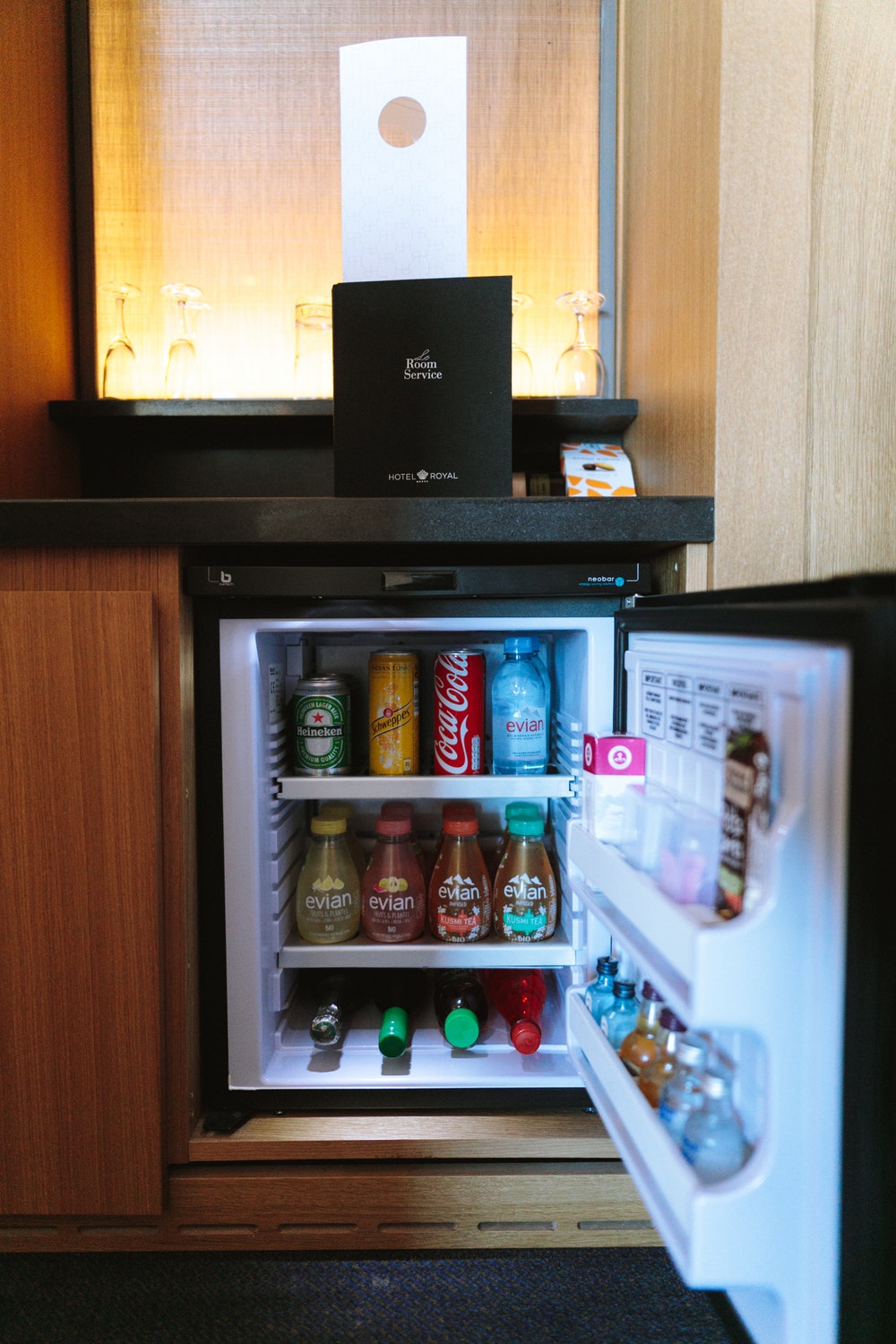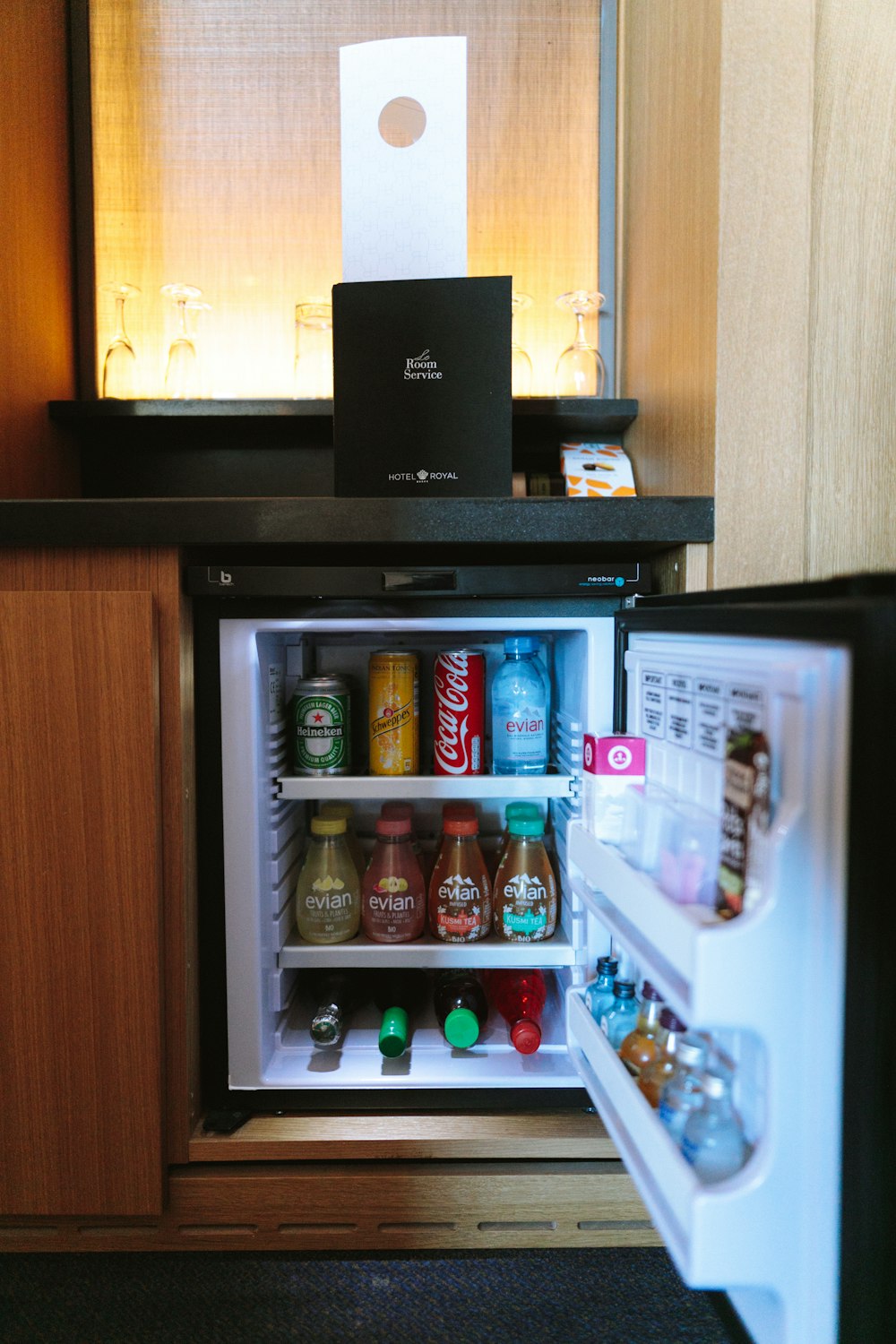
Each year, nearly 48 million cases of food-borne illnesses are reported in the U.S. alone. While you may be following a healthy diet, not storing your food correctly can lead to contamination by harmful bacteria and parasites.
In fact, 1 in 6 Americans experiences food poisoning by eating contaminated food like undercooked meat and poorly stored meals, according to the CDC Foundation. By properly storing your meals, this will protect you and your family from foodborne illness and even stay in control of your food budget.
So, what can you do to prevent the risks? Always remember that it is better to be cautious when it comes to food safety. Throwing food away is not only damaging to your bank account, but it’s also having a harmful effect on the environment.
Correct and safe food storage also saves you money in the long run. First, you must understand the risks to help you better prepare on how to prevent it in the future.
Risks of Foodborne Illness
Also known as “food poisoning,” some people can experience foodborne illness without even knowing it. Food poisoning is caused by eating contaminated foods due to poor cooking, storing, and failing to eat it on time. Some symptoms may include:
- Fever
- Nausea
- Vomiting
- Stomach cramps
- Headaches
- Diarrhea
- Constipation
These symptoms can start within hours or even days after consuming contaminated food. While most individuals recover immediately, groups including pregnant women, younger children, and seniors are at most risk of furthering these symptoms.
Safe Storage in the Fridge
When shopping, buy frozen and chilled food items at the end of your trip and store them in your refrigerator as early as possible. Trips longer than 30 minutes may even cause the onset of spoil along the way.
Never put food in the refrigerator when hot. Instead, place hot food in smaller portions to cool the meal down.
So, what about lunch meals at work or during a road trip? Consider a mini fridge to help keep food fresh and safe at the office or pack a cooler in your car.
Less Food Wasted, More Money Saved
Each year, nearly 40% of all food produced or imported in the United States is never eaten, according to reports from the Swag USA. Studies also reveal that Americans waste an average of $165 billion worth of food, as the average household throws away $2,200 in food every year.
However, you can also save money on better food storage by wrapping your vegetables in foil to keep it fresh and tossing out the old produce. After all, one spoiled apple will speed up the rest of them going bad.
Beware of the Temperature Danger Zone
Bacteria grows and multiplies the fasted in temperatures between 5 °C and 60 °C. Thus, it is important to keep high-risk foods out of this zone. High-risk foods include raw and cooked meat, dairy products, eggs, seafood, cooked pasta and rice, and prepared meals.
Even packaged food will become dangerous once opened and left out for long periods of time.
Separate the Raw from Cooked
Cooked food and raw food should be separately stored in sealed-tight containers. Bacterial growth from raw food can contaminate and multiply to dangerous levels.
Always keep items sealed or in covered containers at the bottom of the fridge. This will help prevent the risk of cross-contamination, even in safe temperatures. Additionally, this will help prevent liquids such as thawed meat juices from dripping and contaminating the cooked items.
The more you research your food ingredients, the better chances you’ll have at boosting their lifespan.
In addition to better storage, always be sure to keep your hands, utensils, and kitchen surfaces clean. This will reduce the spread of E.coli and the rest of 250 parasites found in spoiled food.


